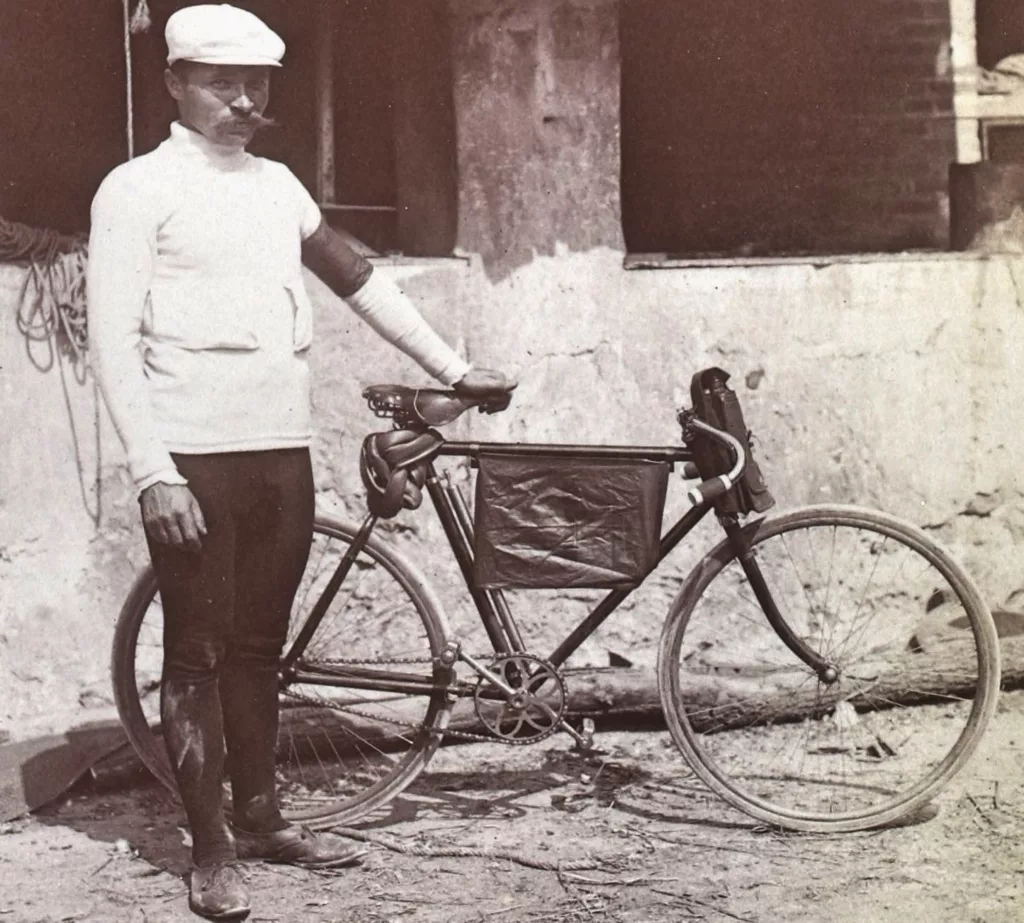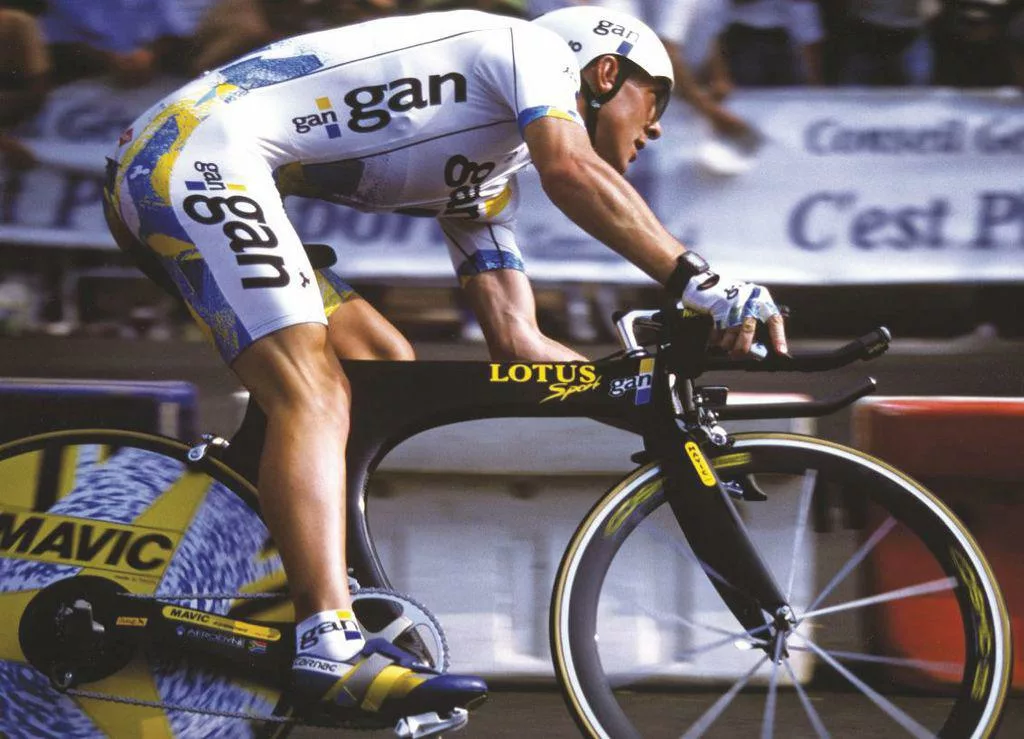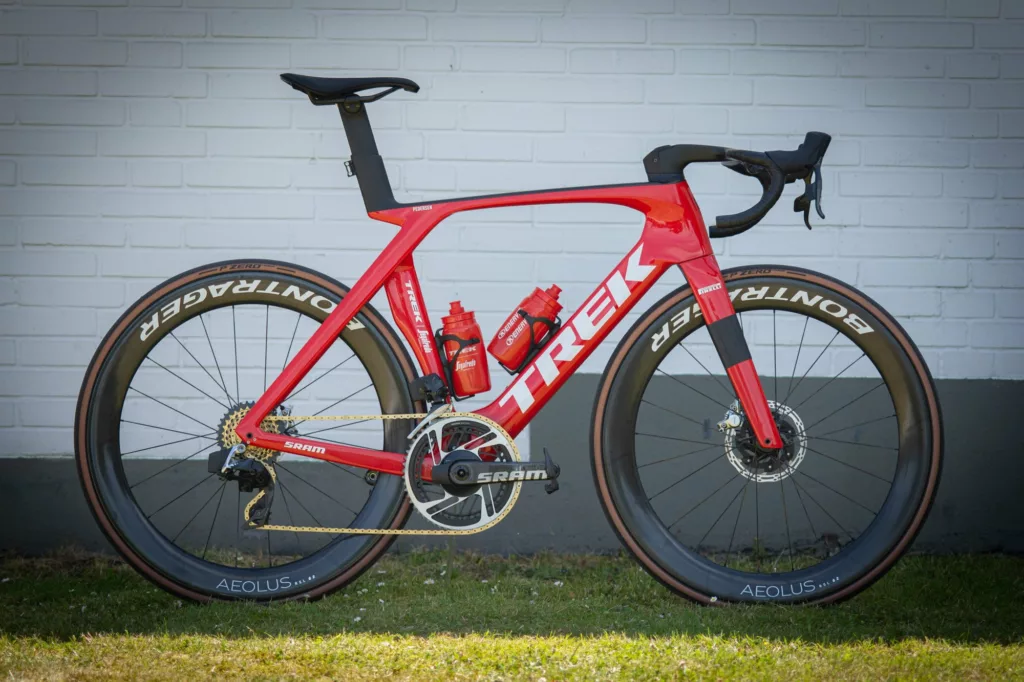Tour de France, the globally renowned cycling competition, has witnessed numerous technological advancements over the years. This article focuses on one aspect that has seen significant changes – the weight of the bicycles used in the competition. From their early 20th-century beginnings to the ultralight designs of the 21st century, Tour de France bikes have come a long way.
Table of Contents
ToggleThe weight of a bicycle can considerably impact a cyclist’s performance, particularly when the race involves steep gradients. Lighter bikes provide a competitive edge, particularly when climbing, making every effort to trim weight a worthwhile pursuit.
Modern UCI Bike Weight Limit Rule
In 2000, the Union Cycliste Internationale (UCI), the sport’s governing body, established a minimum weight limit for race bikes at 6.8 kilograms (roughly 15 pounds). This rule applies to all the bikes used in UCI races, including the Tour de France. The decision was made to ensure the safety of riders, as there was a growing concern that in pursuit of creating the lightest bike possible, manufacturers might compromise structural integrity, leading to accidents. It rules out bikes like the Tifosi Mons which is just 4.6kg.

A Look Back to the Early 20th Century
In the early years of the Tour de France, which began in 1903, bikes were a far cry from the featherlight models of today. At that time, they weighed approximately 18 kilograms (around 40 pounds). They were made primarily from steel, which although robust and durable, is much heavier than the materials used in contemporary bikes.
The Evolution Over the Years
As the years passed, the introduction of new materials and design principles led to a steady reduction in bike weight. In the mid-20th century, alloy materials like aluminium began to replace steel in many bike components, leading to significant weight savings.
In the 1980s and 1990s, there was a further step-change as carbon fibre composites became the material of choice. Carbon fibre is not only lightweight but also allows for more aerodynamic designs, providing both weight and wind resistance benefits.
Throughout this evolution, the weight of the Tour de France bikes steadily decreased, reaching close to the UCI’s minimum weight limit by the end of the 20th century.

Lightest Ever Tour de France Bicycle
Before the UCI weight limit rule, some bikes used in the Tour de France weighed significantly less than the current 6.8-kilogram limit. The lightest bike ever used was probably the Lotus 110, which Chris Boardman rode during the 1994 Tour de France. This carbon-fibre bike weighed an astonishingly low 6.4 kilograms (about 14 pounds).
What a Tour de France Bike Weighs in 2023
Due to the UCI’s weight limit rule, most bikes used in the 2023 Tour de France will hover around the 6.8-kilogram mark. While technological advancements could allow for even lighter designs, manufacturers must balance weight, strength, and safety to stay within the regulations.

To achieve this weight, bikes are crafted using carbon fibre and sometimes supplemented with other lightweight materials like titanium and aluminium. High-tech components, such as electronic gear shifting and carbon wheelsets, also contribute to this featherlight figure.
The weight of Tour de France bikes has seen a drastic decrease since the competition’s inception, thanks to technological advancements and innovative materials. With the present limit set by UCI, the focus of innovation has shifted from solely reducing weight to improving other performance factors, such as aerodynamics and power transfer efficiency. While the bikes of today are far lighter than their early 20th-century counterparts, they maintain the same spirit of relentless pursuit of speed and performance that has been a hallmark of the Tour de France since 1903.






